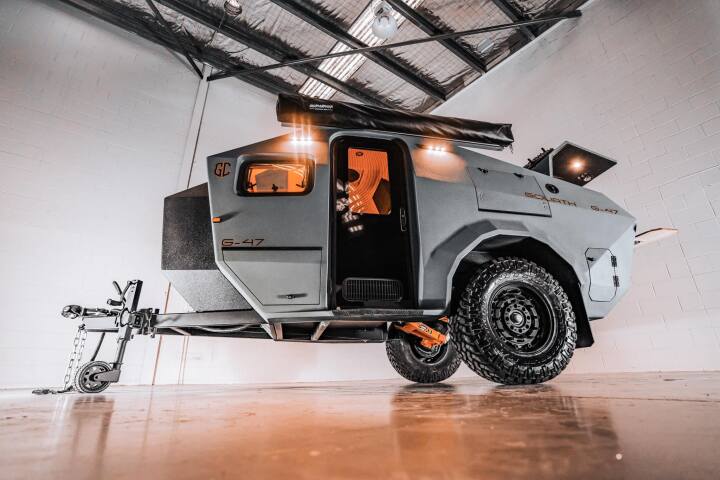Nigel Ackland could be mistaken for a cyborg. He has a high-tech robotic hand that looks like it started life as a Formula 1 car and its movements are alarmingly lifelike. It’s called the “bebonic3” and is the latest version of bebonic series of artificial hands produced by RSLSteeper of Leeds, U.K. The myoelectric hand has been under development for a couple of years now, but the bebonic3 is moving prosthetic limbs from Captain Hook to Luke Skywalker territory.
Artificial hands have come a long way in recent years, but it turns out the human hand is amazingly complex. With about 29 bones, 34 muscles, 48 nerves and 123 ligaments to operate it, the hand is a piece of engineering that is still streets ahead of current technology.

While there have been a lot of advances over the past fifty years (as evidenced by the i-LIMB, ProDigits and SmartHand), many artificial hands are little more than powered hooks or pincers that often require a great deal of effort to work. Worse, patients are often caught between the choice of hands that look realistic, but don’t do much, or ones that are functional, but look like something worn by a Bond villain.
The bebionic3 is designed to not only look human, but also to provide the wearer with a large degree of natural movement. Being myoelectric means that the hand is controlled by electrical impulses from the patient’s remaining forearm muscles rather than by wires and harnesses. This makes the hand less tiring to use, though it also makes it heavier and dependent on batteries.

Each finger is controlled by an individual motor controlled by microprocessors that allow the wearer to operate 14 “grip patterns” and hand positions. The hand can automatically adjust its grip to match the task or if it senses that an object is slipping and the fingers fold away realistically when brushing against people or objects. The wrist joint also comes in a variety of forms to suit individual patient needs. This customization extends to the controlling software, which allows the bebionic3 to be wirelessly monitored and configured by a physician.
One possible drawback of the bebionic3 is that its appearance is a bit dramatic, but a realistic-looking silicone glove is available to slip over it. The glove comes in 19 lifelike shades and jet black for those who prefer to keep the cyborg look.

Though the bebionic3 is impressive, there is still a long way to go. Using some grips require the patient to move the mechanical thumb manually into a new position and the hand still lacks a sense of touch or proper haptic feedback. Also, the price hasn't been made public, but it’s likely to at the premium end of the market.
The video below shows the bebionic3 in operation.













